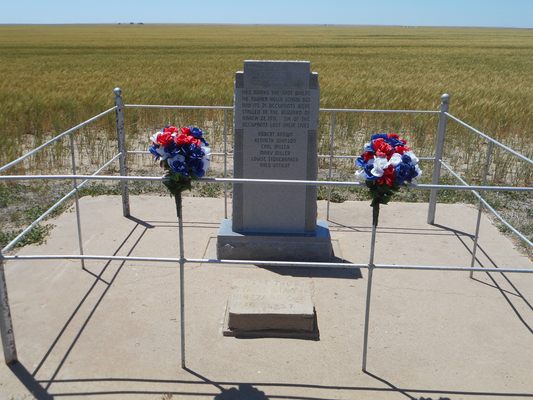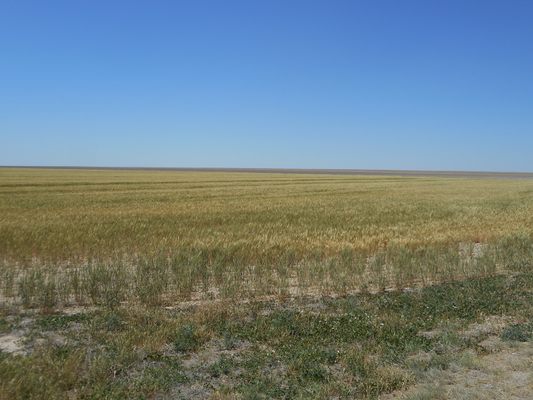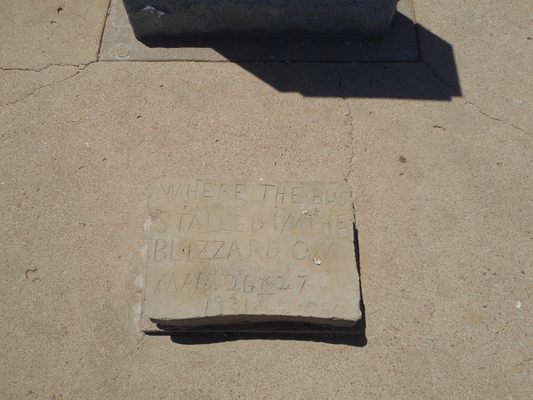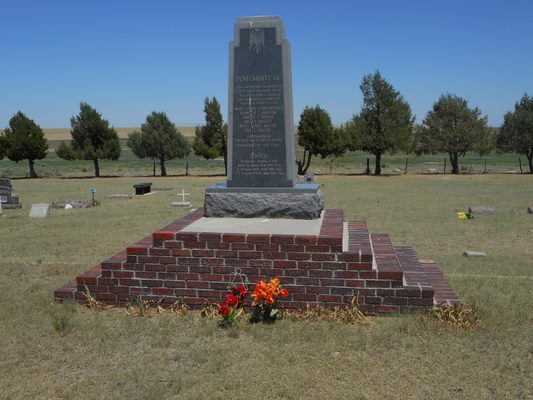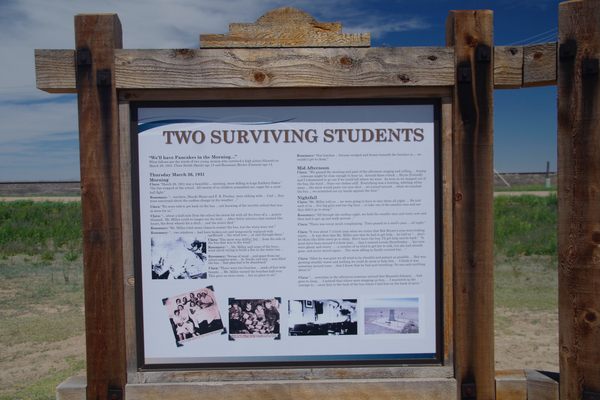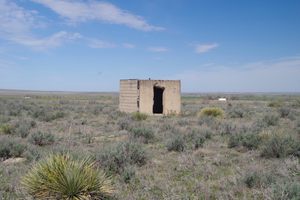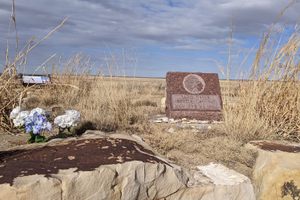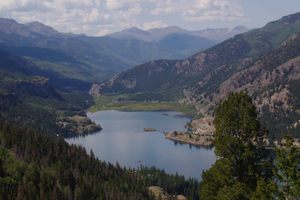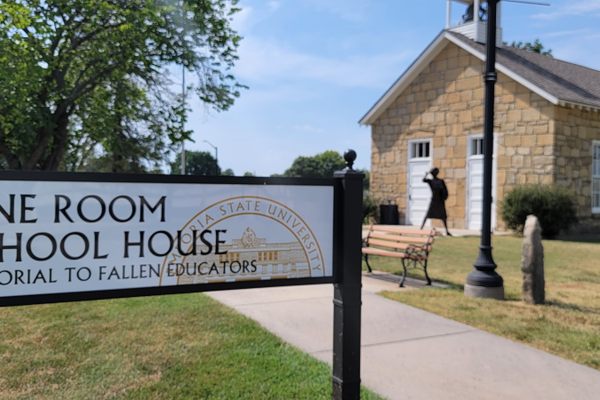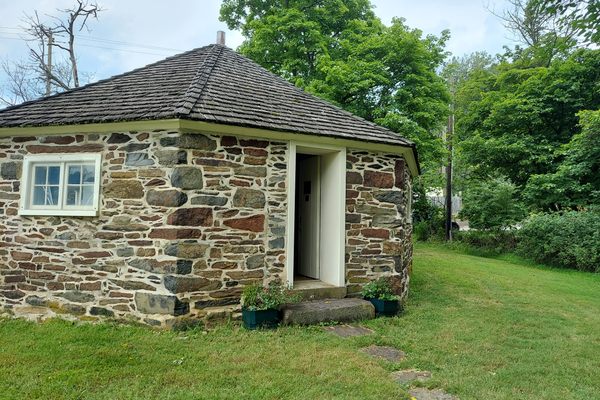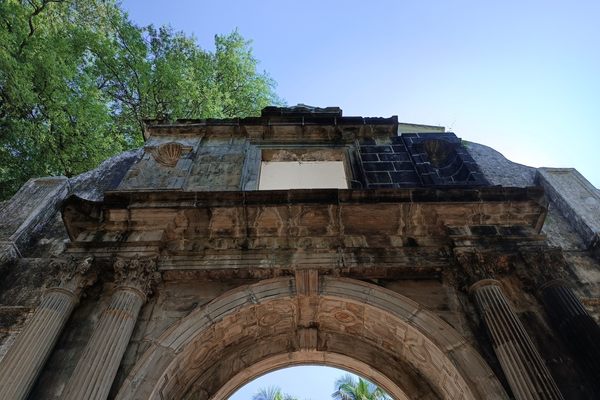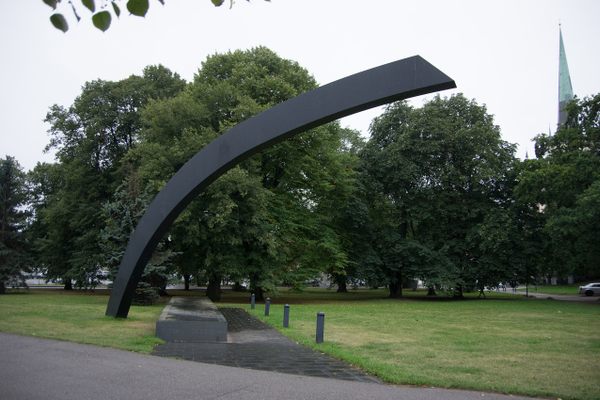About
The day dawned clear and warm on March 26, 1931, when Carl Miller started his rounds, picking up the 20 children who attended one of the two small schools in Towner, Colorado. Miller, a farmer by trade, had converted a 1929 farm truck to a school bus. The children ranged in age from seven to 14.
By the time the buses reached the school, at 9 a.m., the weather had turned. The temperature fell from about 70 degrees Fahrenheit to below freezing, and snow had started to fall. The schoolhouse had no food or water, and only a small stove for heat. Over Miller's objections, the two teachers determined that the children would be better off at a nearby home. He was told to take them to the nearby Untiedt home, less than 1.5 miles away. They never arrived.
The area around Towner is a featureless plain, particularly during a blizzard. At about 9:30 a.m., the truck slid into a deep ditch and the engine stalled out. The bus was a couple of miles from the Untiedt house and within a half-mile of another house, but Miller had lost his way in the storm.
Some of the children didn’t have winter clothing, and two broken windows, once covered with cardboard, allowed snow and wind in. Miller suggested that they try to start a fire with their school books, but that only filled the bus with smoke. He had the children move and jump up and down to keep warm.
By the afternoon, Miller decided to try following a barbed wire fence, and took two of the older children with him. The children became too cold and they all returned to the bus, where they spent the night—continuing to jump up and down—as temperatures plummeted to as low as -30 degrees Fahrenheit.
In the morning, Miller tried again to follow the fence, and disappeared into the storm. One of the children soon died. By later that day, as the storm began to ease, a search party, including several fathers, found the bus. Three children had already died. The remaining 17 were taken to the closest home, and two more died during the night. They had been in the bus at subzero temperatures for 30 hours.
Miller’s body was found two days later, hands bloody from the barbed wire, 3.5 miles from the bus.
The tragedy led to a number of reforms. Buses were made for the intended use rather than converted from other vehicles. All buses were required to be painted the now-familiar National School Bus Chrome. Windows were to be made from tempered glass. Radios were suggested for all buses and Colorado required all schools to have telephones, though that took years to implement.
The bus driver and children were buried in nearby Holly, at a funeral attended by thousands. There is a monument on the flat plain where the bus stalled, including a smaller concrete slab from 1931 and a larger stone with the names of the deceased on it, and another in Holly cemetery.
Related Tags
Know Before You Go
The memorial is on Kiowa County 78, about 10 miles north of Holly, Colorado, on the west side of the road. A sign board with historical pictures and a map of the site is located about 10 miles further north in the town of Towner.
Many books and reports have been written on the disaster. One done in 2012 is comprehensive.
Community Contributors
Added By
Published
July 8, 2020
